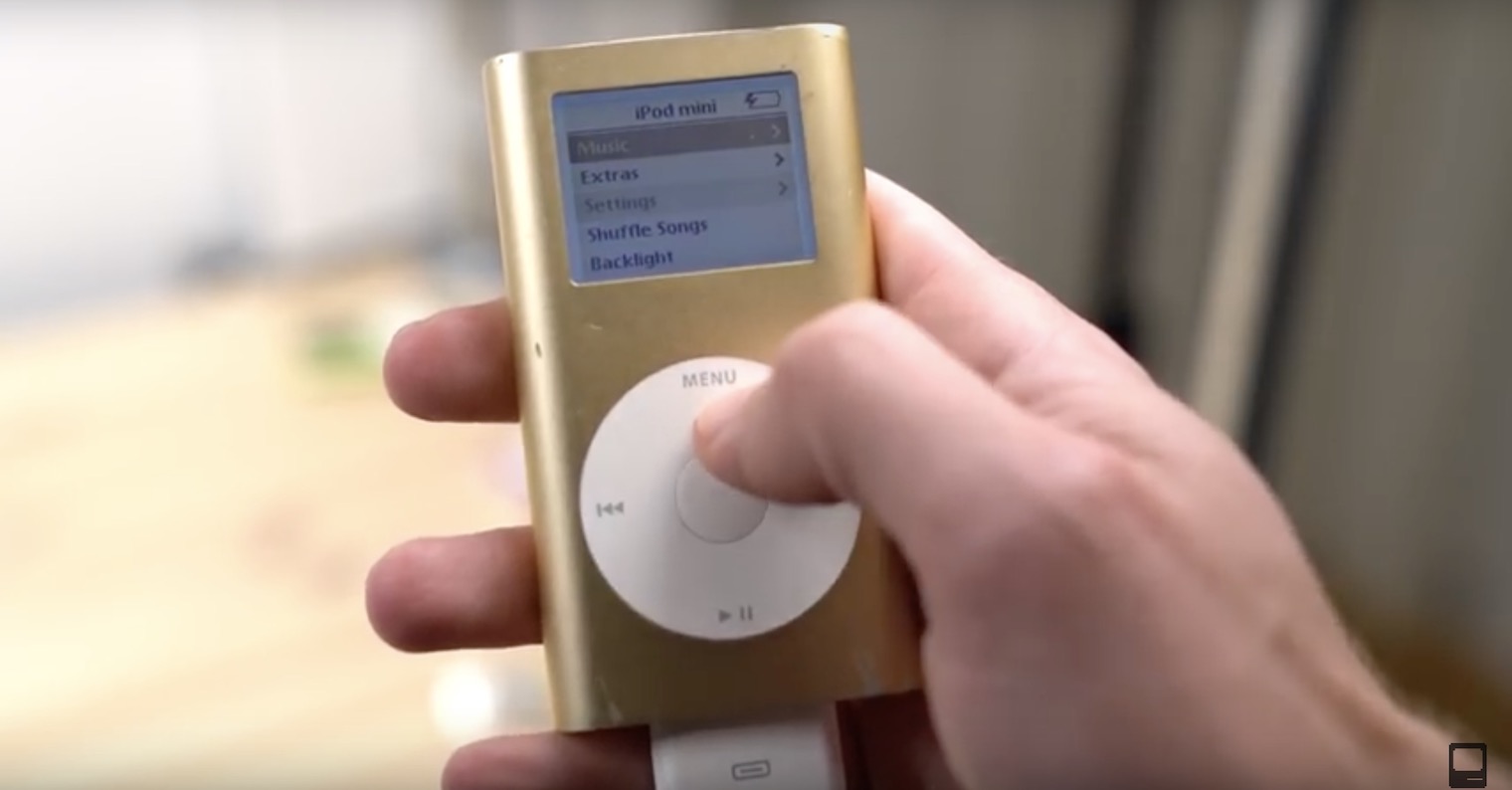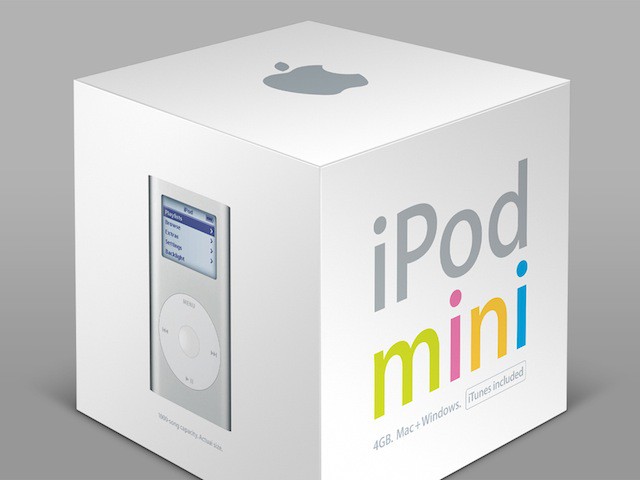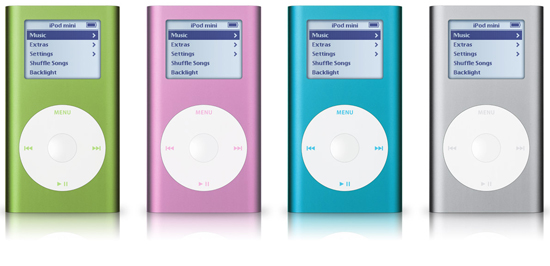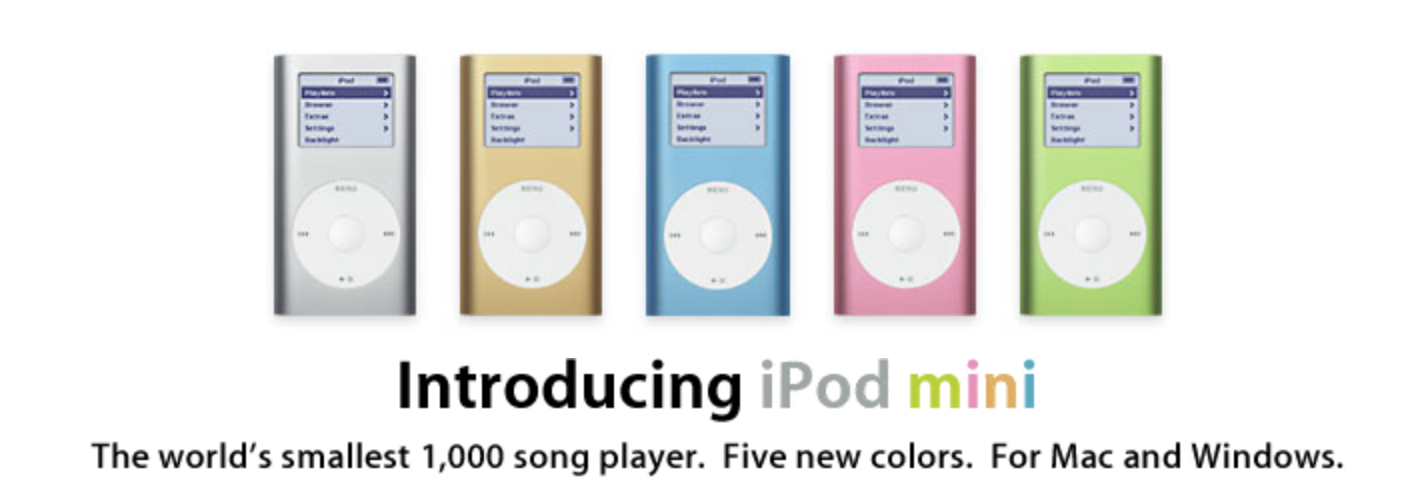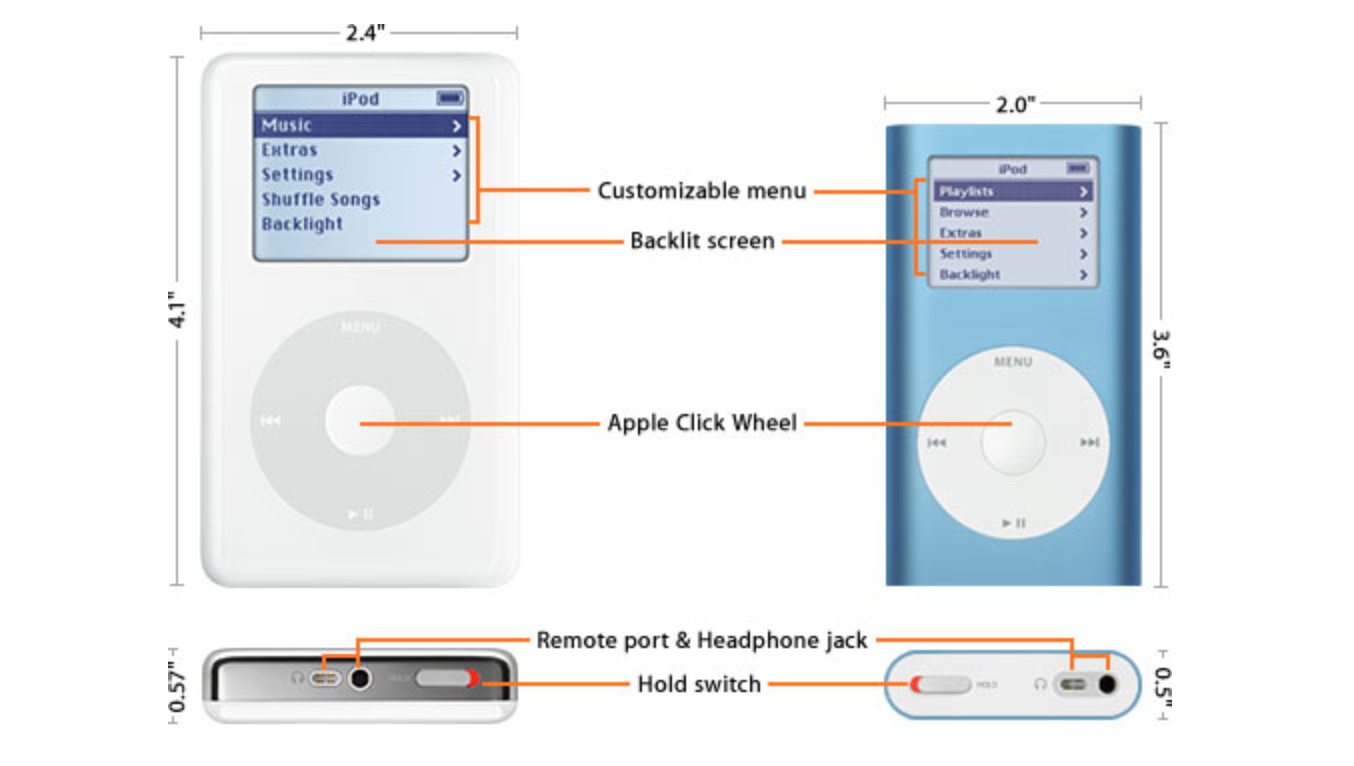It was 2004 when Apple released its iPod mini. The tiny music player came in five colors and had 4GB of storage. The first iPod mini featured an iconic click wheel with built-in control buttons and a touch-sensitive scroll wheel. Despite its small size, it offered great features and very quickly became the fastest selling iPod in history.
The iPod was a great strategic move on Apple's part at the time, helping to erase the unpleasant memories of the difficulties the company had to deal with in the first half of the 10s. Just one year after its release, the iPod mini sold a whopping XNUMX million units, and Apple's revenue began to skyrocket.
It could be interest you
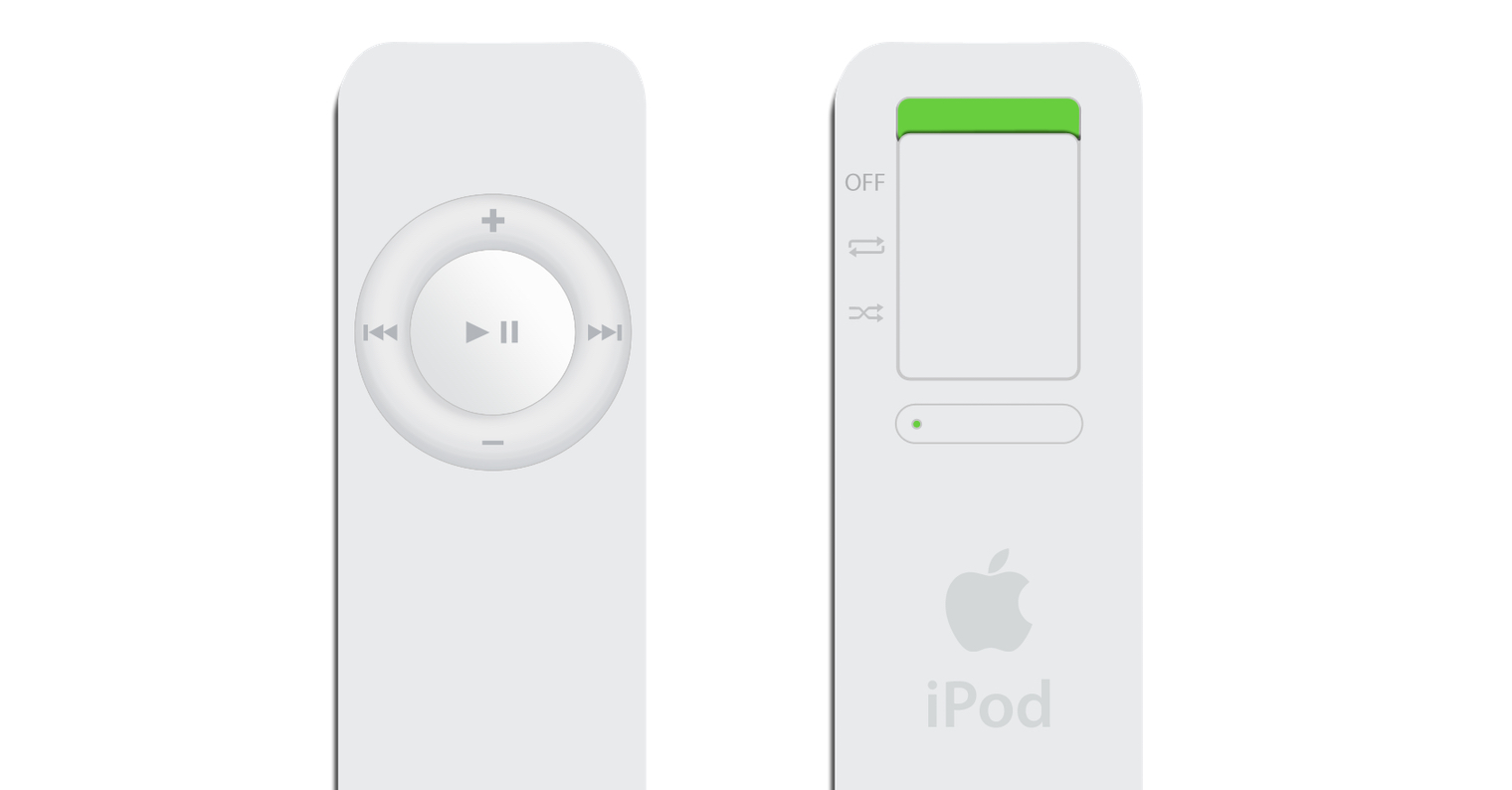
Apple didn't try to minimize absolutely everything with the iPod mini. The aim was rather to prove that the reduction of the size of the device does not necessarily have to be associated with the unpleasant trimming of some functions. The iPod mini got rid of the physical buttons that users might have known from the iPod Classic and incorporated them into a click wheel. The original design of this part of the iPod mini was, according to Steve Jobs, a virtue out of necessity - there simply wasn't enough room for physical buttons on the scaled-down device. "But the moment we tried it, we thought, 'Oh my God! Why didn't we think of it earlier?'", he said.
Among other things, the iPod mini was also at the beginning of Apple's chief designer Jony Ive's obsession with aluminum. Ive didn't want to give up the color of the iPod mini, but he put the player in an aluminum chassis, made with the help of an anodizing process. Ive's team has already used metal in its products in the past - it was the Titanium PowerBook G4. As such, the computer became quite a hit, but the material proved to be problematic and prone to scratches and fingerprints, so it had to be given another coat. After this experience, the design team therefore decided to use aluminum for the iPod mini, which impressed them with its lightness and strength. It didn't take long, and aluminum also found its way to other Apple products, such as MacBooks and iMacs.
The iPod mini also heralded Apple's foray into fitness. People loved the tiny music player and used it in gyms and jogging. This method of use was also promoted by Apple in the respective advertising spots. The iPod mini became popular as a device that could be worn directly on the body, and there were many users who bought a mini version for sports use in addition to the existing larger iPod.
